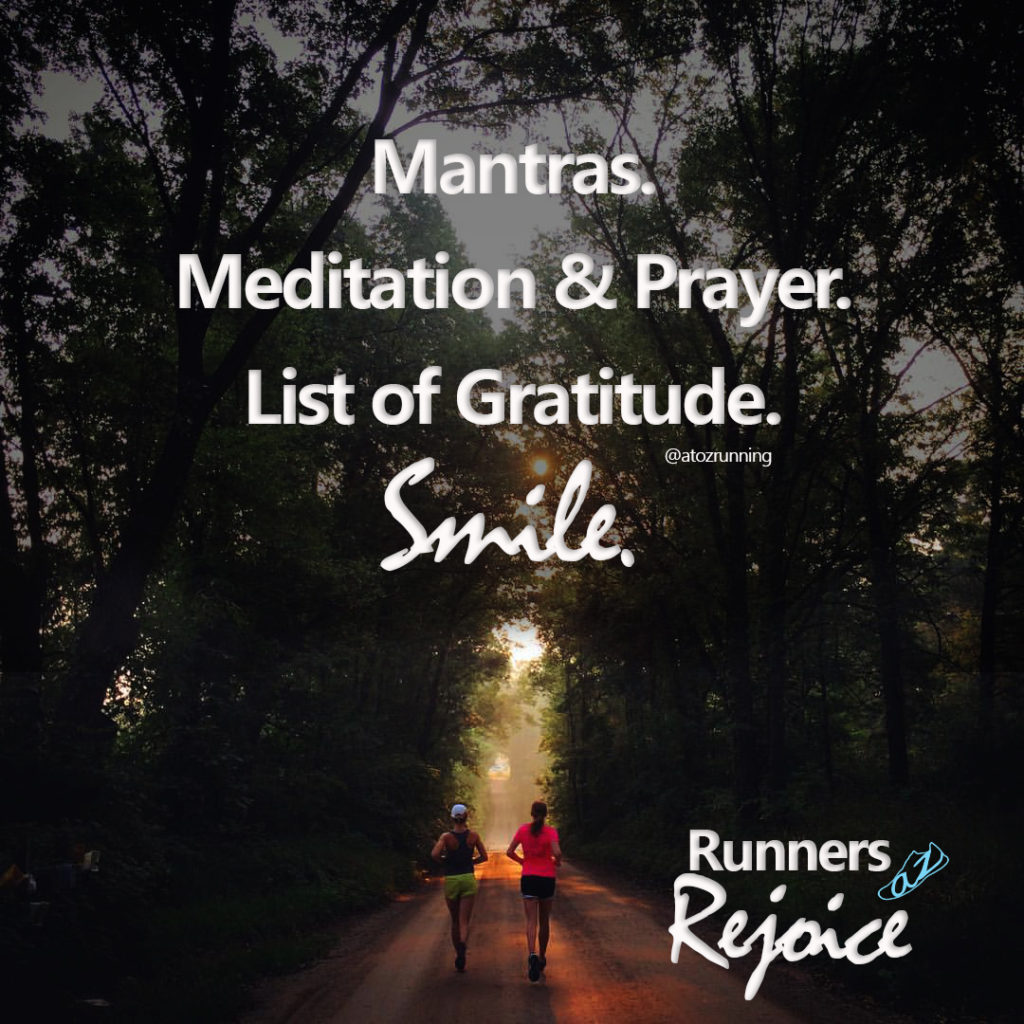In film (another personal passion of mine), the reaction shot is crucial. The reaction shot is typically one character’s reaction to another or a response to one’s own actions or situation. It often goes unnoticed as a plot driver, but reactions intensify and deepen the plot. Much of characterization is built solely in the reaction shot.
Seems to me that the film industry has touched on perhaps one of the deep truths of humanity: our reactions say a whole lot about our character.
In running, it’s no different.
I want to use this post to encourage the conditioning of three positive reactions: resting, refocusing, and rejoicing.

Reaction: Resting
Quite literally scheduling downtime (as we talk about in our podcast episode about burnout) is a positive response in our busy lives. Our body can tell us, through injury, deep fatigue, or other signals of burnout, that we need a change, but the tendency can often be to try to push through. In many instances, that spells destruction.
The need for rest is not always foreboding and sometimes can be solved simply by prioritizing sleep. Personally, this is a very difficult reaction. The more overwhelmed I become, the more I try to fix my problems with actions, which of course take up my time keeping me from sleeping.
You are all dreading my next suggestion for a response to continued fatigue, taking a break. Sometimes the best thing for our health is to give our bodies and minds some space from running.

Dathan Ritzenhein’s advice on this one is quite refreshing: take a break, but do so with a plan for when and what you will do next (listen to the full conversation in episode 7 of our podcast). Even if that plan is to not think about running for two weeks. Having a set date to make a plan is a plan.

We often mention active and purposeful recovery. This crucial element to training can seriously elevate the value of rest. Using a foam roller, orb, massage stick, and compression socks (among other tools) can help you get back on track faster and with better health.

Reaction: Refocusing
What about when we keep having the same struggles and disappointments? I am not just talking about results but also how our personal and professional lives intersect with running. We need to break our regular cycle and try something new.

Whether we need to reframe our goals, try a new distance, or do a different training approach, refocusing on what our vision is and how we will achieve it is an excellent response to disappointment, burnout, apathy, or breaking a negative running addiction.
Zach often talks about how he started cycling a few years ago. He did it specifically as a strategy to step away from running for a time while enjoying the challenge of a new activity. After a couple winter months in the saddle, he finds himself reinvigorated and excited about running and training (with the added benefit of reducing some of the destructive stress high volumes of running can have on the body).

Reaction: Rejoicing

Throughout the ages, the wise have always encouraged the reaction of rejoicing. Life can really suck. Just think back to our comments about struggle. Chances are you know all about that. While lamenting is healthy and natural, we should also consider what we have to rejoice about.
Consider the example from the ancient Hebrew King, David who authored many of the chapters that make up what we call the Book of Psalms. The most common type of Psalm he wrote was a lament, a passage that usually began in great sorrow (often in reference to things like betrayal and shame) only to usually circle back to gratitude and rejoicing (these three are great examples: Psalm 13, Psalm 55, Psalm 118).
The clear lesson here is that we don’t need to live in our initial feelings of fear, anger, jealousy, sadness, and disappointment. We are not held hostage or defined by our impulse reaction. It is important to feel and process these negative emotions, but forward motion comes in our chosen reactions. Rejoicing often has to be chosen and an intentional response in hard times. Rejoicing grows character, and if we are following the film analogy again, creates a hero.
I recently wrote in an instagram post on my personal account,
I’m not suggesting a smile
Makes everything ok
But finding joy through struggle
Steals away from the pain
We can’t always control what happens to us, but we can control our reaction.
What does this look like in practice?

- Mantras. Dathan suggests we all repeat things to ourselves, whether we realize it or not. We need to be sure, then, that we feed ourselves positivity.
- Meditation and prayer. Similar to the use of a mantra, we connect our hearts within and without. We make our immediate struggle or obstacle smaller and the more important things in life bigger.
- List of gratitude. We have more than we realize. Forgetting that breeds negativity.
- Smile. Science says that a smile can help our internal transformation. Check out this report from the Association for Psychological Science.
As we go into this season of giving and thanks, let’s re-frame our minds to move toward better health and wholeness. Let’s condition a positive reaction shot!
Whether you focus more on smiling today, set a goal to sleep more, or cross train to give your body a break, make today one of rejuvenation.


